VIDEO: Use detergent against aphids
Use detergent against lice
Detergent is not only used to clean dishes. It also proves itself in use against aphids and effectively frees your plants from the little pests. To apply, mix the detergent with water and pour it into a spray bottle. Now you can easily spray your plants with the home remedy.
Applying the detergent creates a slippery film of lubricant on the surface of the leaves and stems. This prevents the lice of clinging to soft parts of the plant with their feet and holding onto them. They slide off the plant. As a result, they are no longer able to absorb the plant sap that serves as a source of food.
When used directly, the detergent also ensures that the aphids no longer have air to breathe. They suffocate under the foam and die.
Although commercially available detergent is an effective remedy against aphid infestation in indoor and outdoor Garden plants it doesn't always help. If the detergent is underdosed in the mixture, it does not prevent the infestation with lice. Overdosed, it even ensures that parts of the plant die off. The right mixing ratio between water and detergent is crucial.
How to use dish soap against aphids
-
Determine infestation. First, take a good look at your plants. Are they really aphids? When you are sure, you can start fighting the pests.

© Frauke Itzerott -
Shower off first. Transportable Houseplants you should first get rid of aphids in the shower. Thoroughly rinse the plant under the shower head.

© Frauke Itzerott -
Reach all places. Rotate the plant so that you can reach all infested areas.
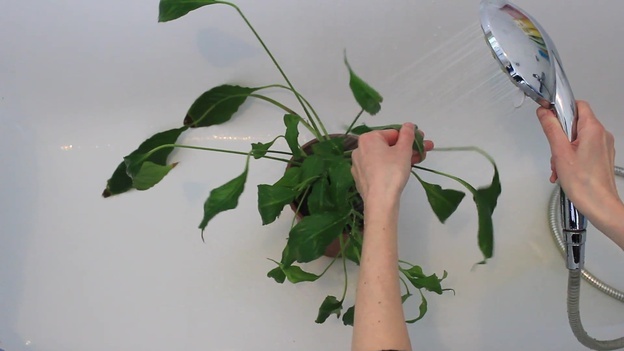
© Frauke Itzerott -
Fill with water. After removing a large number of aphids in this way, start treating them with dish soap. To do this, fill a liter of water into a commercially available spray bottle.
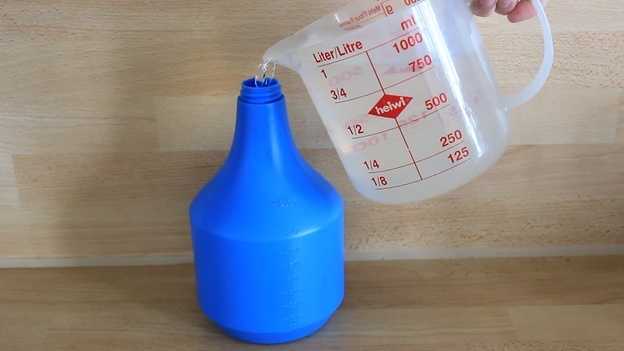
© Frauke Itzerott -
Fill in detergent. Then add ten milliliters of non-concentrated detergent.
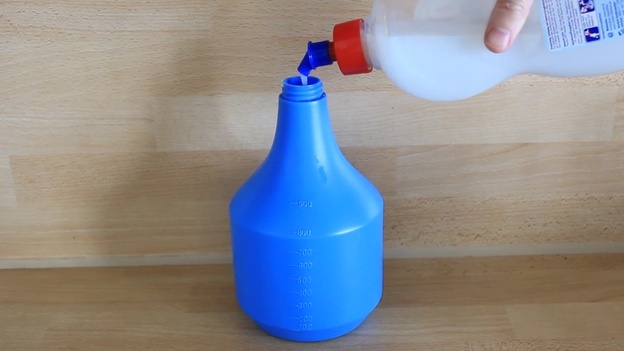
© Frauke Itzerott -
Shake the mixture. Then shake the mixture vigorously.
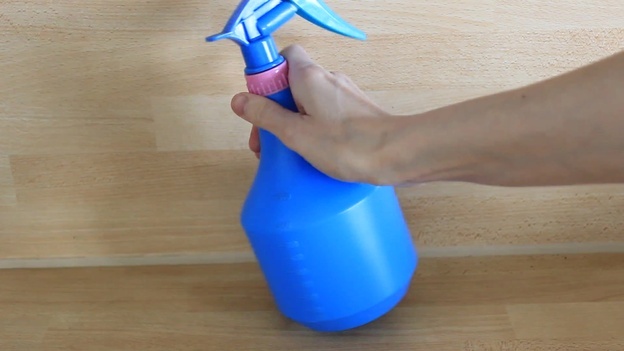
© Frauke Itzerott -
Spray plants. Now spray the remaining aphids with the mixture of water and washing-up liquid.
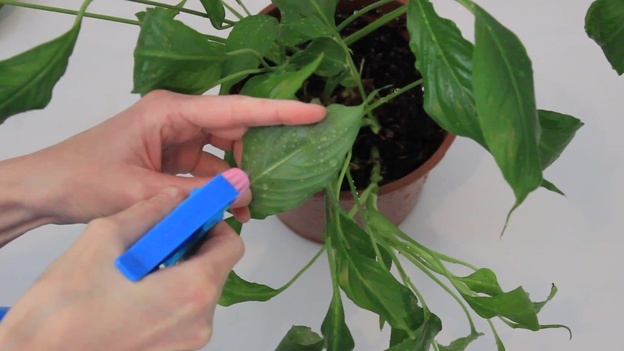
© Frauke Itzerott -
Clean leaves. Clean the leaves of the plant with a damp paper towel. Peel off each sheet of paper with your thumb and forefinger. This is how to remove excess detergent that is preventing the plant from photosynthesizing for life.
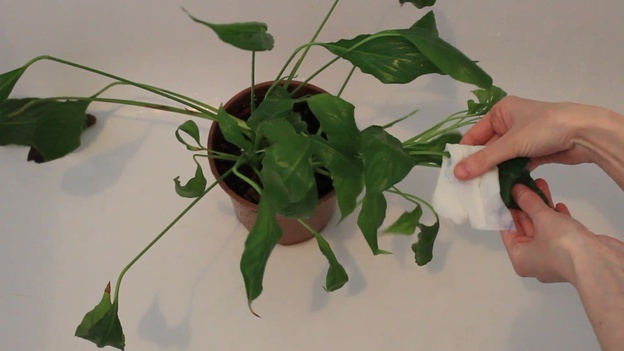
© Frauke Itzerott -
Fertilize if necessary. Depending on the condition of the plant, you should move it to an optimal location after treatment. If necessary, fertilize the plant so that it can regenerate after being infected with aphids.

© Frauke Itzerott
Black lice on flowers not only look ugly, they also destroy the ...
Fighting aphids with dish soap is an effective home remedy and not complicated. However, not all plants tolerate such treatment. In this case, it is best to resort to manual pest removal. In any case, isolate plants infected by pests so that they do not infect other plants.

